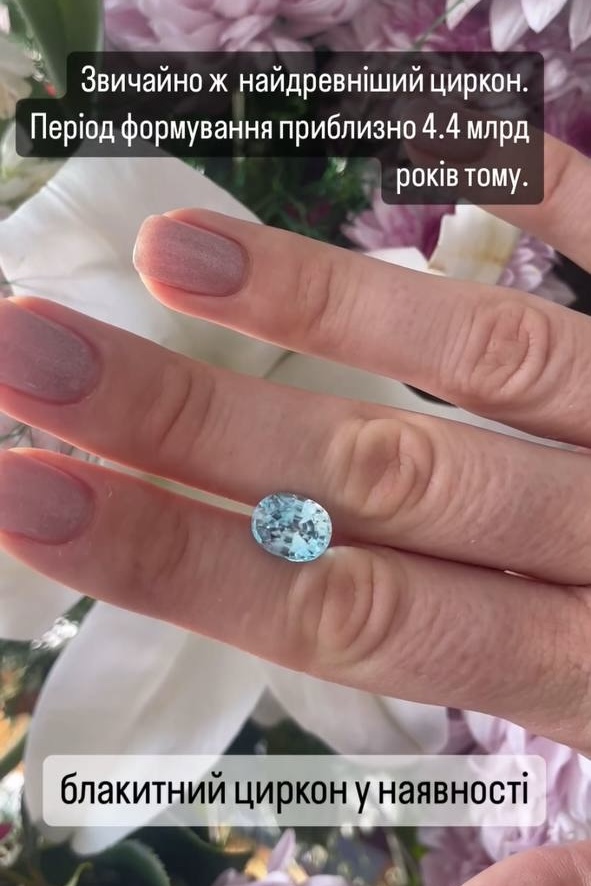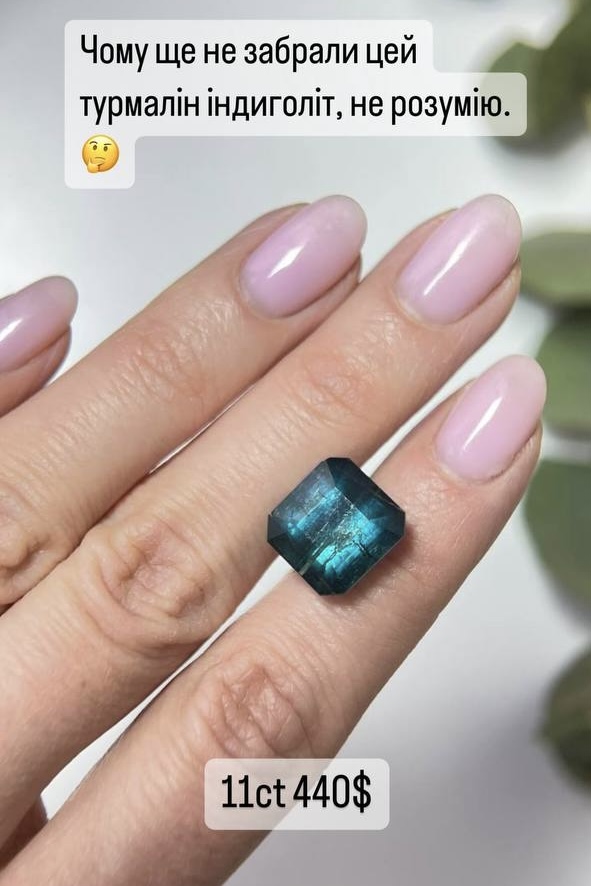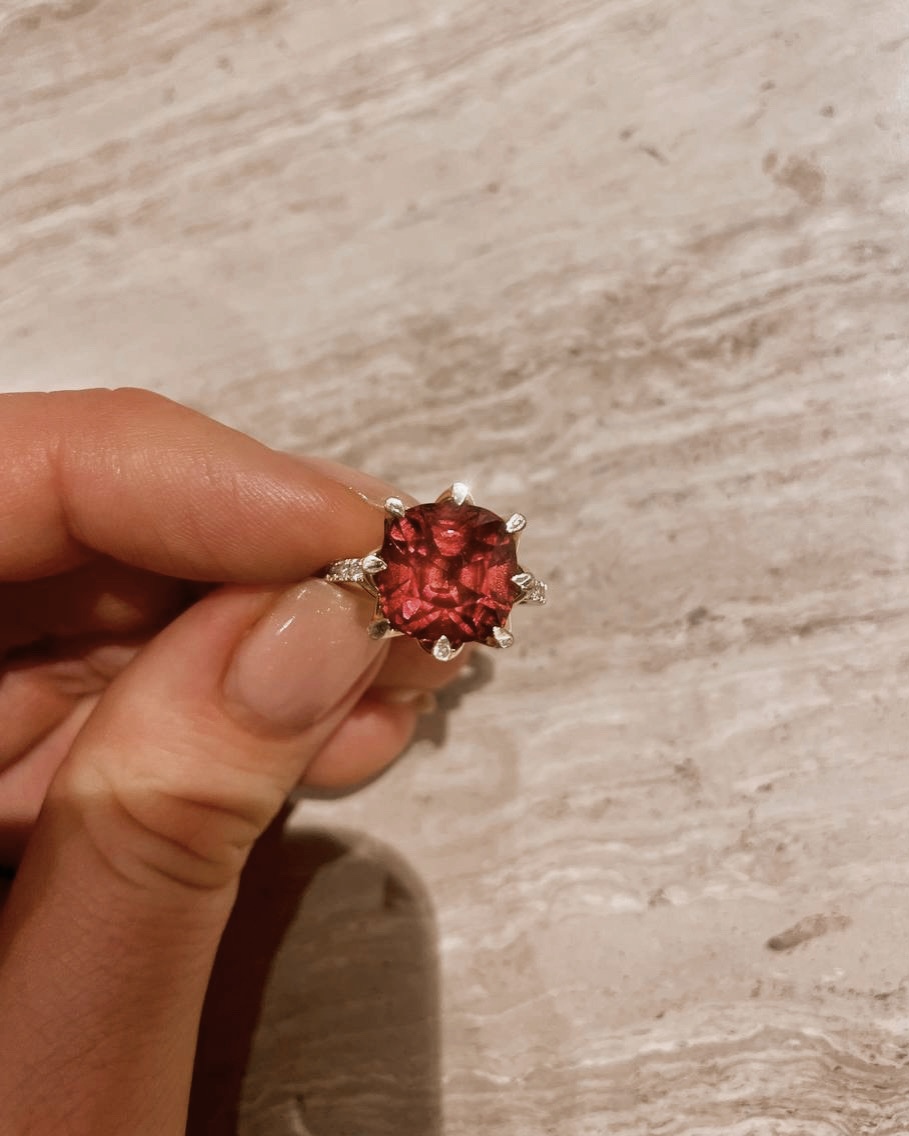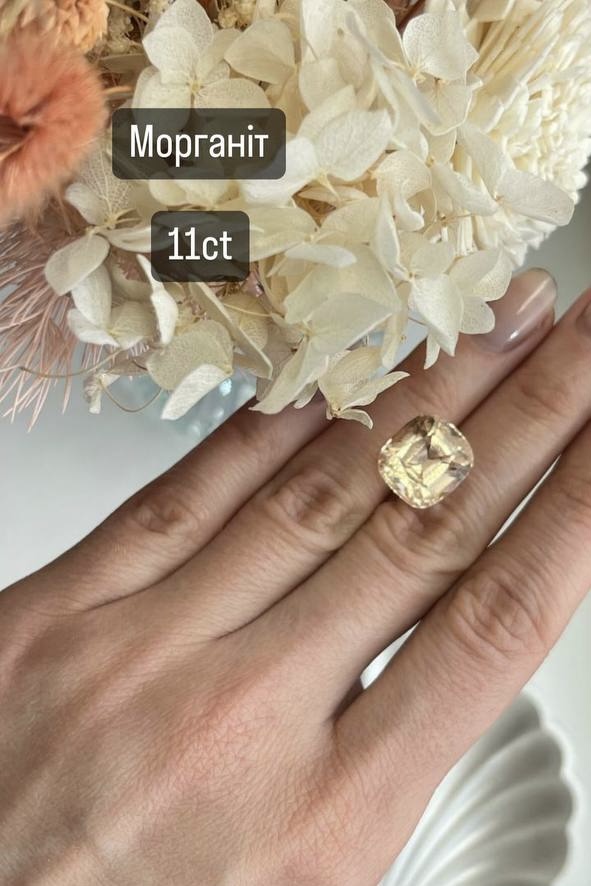“I advise you to choose stones intuitively”: an interview with a gem expert
Do stones help to enhance the necessary qualities, how to choose your own, is there a difference between stones for $100 and $2000? Gem expert Olga Bachurina provided fascinating answers to the most pressing questions about stones!

_________________________________
How did you feel when you saw the first stone? How did you become an expert?
I fell in love with stones as a child, after reading the book The Malachite Box. They seemed to me like some kind of magical and insanely attractive treasures. Later on, my future husband collected semi-precious stones (and, unfortunately, did not like the ones that are now in great demand). That’s how I became immersed in the topic of stones and, because of my scientific education, became interested in gemology.


For a long time, it has been believed that stones help a person to strengthen and attract the necessary qualities, is it true? Have you come across such stories? Do you believe in it?
I definitely believe that stones embody the energies of certain planets. And wearing them correctly can enhance the qualities of a particular planet and its manifestations in your life. In general, the method of strengthening (not improving, but strengthening the planets) is many thousands of years old. I myself wear an “astrological” sun ring and see how it works. It has become much easier for me to express myself, to express myself in society, it’s all the Sun (and specifically in my chart)…
I also received a lot of comments about “astrological” rings from my subscribers. Unfortunately, this topic has become very commercialised and simplified. People are given the wrong idea that it’s enough to make rings with huge stones for each planet and everything will be great. But often, instead of benefiting, people can get seriously harmed by such an “astro ring” that was made without taking into account the peculiarities of their astral chart. (Wait! We will make a separate broadcast about this!)
Have you seen any success stories after wearing an astro ring?
A person close to me really began to improve his financial situation quite quickly after wearing the astro ring. A serious growth in work began. The planet that was strengthened in this case was associated with income and work in the person’s chart. But once again, I want to say: it is important to choose the right stone. And it is important to make a ring correctly (according to certain rules).


How do you understand what kind of stone you (the client) need and how to choose the right one?
Many people initially focus on the stones of their horoscope and month. By the way, the “stones of the month” were invented by Tiffany gemologist George Kurtz at the beginning of the last century to boost sales of coloured stones in the United States. And this marketing trick still works perfectly well. Zodiac stones, on the other hand, are more closely associated with the elements of these signs, and therefore it makes a little more sense. For example, Pisces has an aquamarine (for the element of Water). I often see that people really respond to the stones of their zodiac sign, but maybe it’s some kind of internal attitude that “this is my stone, it suits me”.
I advise you to choose stones intuitively. That is, without thinking about horoscopes and months, just buy the stone that attracts you). Some people need to hold the stone in their hands. I’ve had a case where I fell in love with a stone from a photo/video, but when I got it in my hands, I realised that it wasn’t for me, on an energetic level. (That is, look at it online and choose it live at a meeting in Kyiv, right?)
The only thing I would not advise is to wear large blue sapphires without consulting a Vedic astrologer.
Are there any new gems emerging? Is there an opportunity to discover one? Which stones have been discovered recently?
In fact, new stones are discovered quite often. But these are rather varieties of existing stones, such as aquadite (a new type of chalcedony discovered in 2022). And most often, these stones do not have much marketing potential for one reason or another, so we do not hear about them as much as we do about tanzanites or Malaya garnets. For example, the gem quality of the stone is not very high. It also happens that the deposit of a new stone is so small that it takes a month to mine it. The stone goes to collectors and does not end up in jewellery stores. For example, the londonite stone – only about 300 carats have been cut in the world and the reserves have been exhausted.


What is the real difference between stones for $100-300 and similar ones for $700-2000?
This is a complicated question, as each particular stone has its own history and its own criteria for assessing its value. What reduces the price of one stone will not affect the pricing of another. For example, in alexandrite, the most important property is the alexandrite effect (a change in the colour of the stone when the light source changes), and a stone with a strong reverse (colour change) will be valued more, even if it has terrible clarity and imperfect cut. In aquamarines, however, clarity is one of the most important factors along with colour. Therefore, an aquamarine with inclusions will cost several times less than a completely transparent sample. Sometimes, the region of extraction has a great influence on pricing. For example, rubies from Burma will cost more than other rubies. In general, Burma is a strong brand in the gemstone market. Almost all stones from there are more expensive. For example, the simplest peridot from this region is valued at a higher price. Or emeralds from the Muzo deposit will almost always cost more than other Colombian emeralds. But emeralds are a different story altogether. In terms of pricing, this is definitely the most complex stone with a lot of nuances.
But there are factors that will affect the pricing of all stones. The first is the degree of refinement. Of course, rough stones are more expensive than polished ones. But the degree of refinement also affects the price tag. The most painful example (especially for Ukraine) is rubies. A ruby filled with lead glass has a rough cut (in many countries, such stones are not even called rubies) and costs tens of dollars per carat. Whereas a ruby that has only been heated will cost tens/hundreds of times more, and a ruby that has not been heated will cost hundreds or thousands of times more. It is the same with sapphires, unheated sapphires will always cost more than heated ones, even if the heated ones have a brighter colour. And diffusion-cut sapphires (when a sapphire is heated in the presence of metal ions that penetrate the stone and colour it) will cost the least, because the lowest-quality raw materials are used for such sapphires. And there are many examples of such ennoblement. For example, natural black opal can cost thousands of dollars per carat, while smoked opal (white that has been smoked and turned black) costs tens of dollars.
Another factor that often has a strong impact on pricing is the presence of inclusions. Almost always (yes, there are exceptions), a clean stone will cost more than a stone with inclusions. Especially if the stone belongs to the first type of clarity (according to the GIA classification). This means that it should be free of inclusions in jewellery quality. For example, a tanzanite filled with inclusions is no longer of gem quality and is much cheaper than a transparent one.
But it happens that inclusions are so unique (especially in emeralds) and decorate the stone that they add value to it.
A bad (crooked, disproportionate) cut also reduces the value of a stone.


What are the most popular/fashionable coloured stones now?
Probably the breakthrough of the last few years was the Lagoon tourmaline, which grew by 300% in 2023 alone. The stone combines two shades: blue (or blue) and green, and, ideally, with neon. In general, after the success of another neon stone, the Paraiba tourmaline, stones with neon began to be in great demand. This is understandable, as they remain bright even in the gloomy northern latitudes.
Stones that are distinguished by their physical properties are also gaining popularity. For example, my favourite stone is sphene (also known as titanite). Sphene has a higher dispersion (the ability to decompose light into colours) than a diamond, and it plays with all the colours of the rainbow, it just burns. For a long time, this stone remained in the shadows, and now it is loved. The story is the same with the moonstone. Also at the peak of popularity (as evidenced by the rise in prices) is the orange-coloured spessartine garnet. It has such a bright fiery colour that is no longer found in other stones. From the same group of garnets, tsavorite (green garnet) is also very popular.
But these are rather global trends. In Ukraine, they are less reflected.

